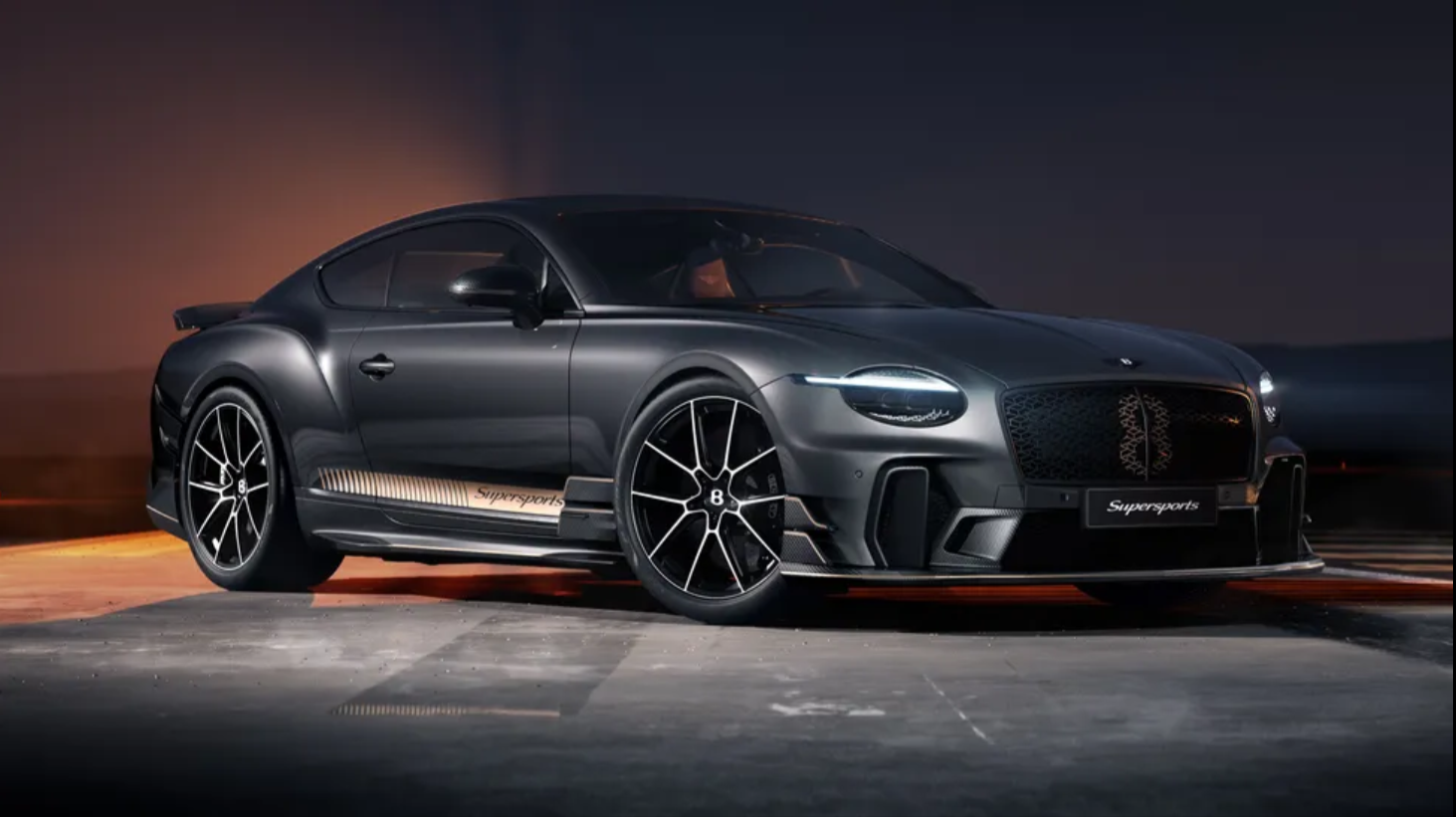So perhaps, for this age bracket at least, valuing both the old and the new comes more naturally. Not everyone agrees of course, and to find out why, we took to the streets of London after dark to meet up with the owners of some rather special retro cars and discuss their stance on how the new school stacks up.
“They’re distilled creations, built for the sole purpose of making you feel special,” said Khalid Alajmi, owner of the GT-R R34 ‘M Spec’ pictured. It’s one of just 121 Silica Brass-coated examples ever built, making it a tastier proposition than the similarly-priced going rate for a trip to the Emirates Stadium these days.
“I own one of those too, and while it is a statistical powerhouse, it feels over-engineered for the type of cars these are meant to be. Despite being just one generation apart, the R35 will be known as the point where the GT-R badge began to focus too much on engineering, breaking the balance which makes its predecessor so good.”
Alajmi’s assessment is strong, considering the R35 has had the most successful career of any GT-R model to date. And while it is unquestionably more focused than its predecessors, it’s harsh to say that certain builds, like this drag-strip conqueror, don’t have character.
Let’s compare another Nineties icon that spawned a second generation, the Honda NSX, to see just how it differs from its following act. Taking the hot seat is Mohamed Almarzouq, who runs the black Type S and is therefore instantly cooler than your average Jazz driver.
“I love Hondas in general. I’ve owned everything from the FN2 Civic Type R to the S2000, and the way these VTEC engines just love to rev is intoxicating. So it’s only natural for me to see the NSX as the holy grail.”
But why did the reimagined second-gen not cross his mind, since he could’ve had one for a similar price to what he paid for this car?
“Because it doesn’t give me the same buzz. The first generation feels way more natural to drive, and as if you are an integral part of coercing the car into life. Most modern alternatives take this feeling away from you.”
Almarzouq then flagged up a pretty important storyline to remind us of just what made the NSX such a heavyweight back in its day. And no, he definitely didn’t cite the influence of Ayrton Senna as one of his reasons.
“Honda could easily create a car to compete with the Ferrari 296 GTB right now with all the electrical assistance available. But it wasn’t so simple back then when performance cars needed to be engineered with more thought and care. That’s what makes the original car so impressive; it took the fight to Ferrari as a huge underdog and won.
“It punched way above its pay grade and hails from a time when Honda couldn’t just stick an 800bhp hybrid motor into a coupe to create an instant Ferrari rival. Our infatuation doesn’t just come from how they look or feel to drive, but the era they represent. To have a piece of that in my life feels more special than any new NSX could.”
Again, this seems unfair, because Honda spent years developing the second-generation NSX. But unlike the R35, its sales figures didn’t quite hit the heights expected, prompting its retirement.
We sought a bit more clarity from Saud Alajmi, who owns the red NSX Type R. And no, he most certainly did not mention Senna either.
“Knowing what some manufacturers were capable of creating, and seeing what they currently do, makes it hard for us to move on. They just don’t feel as bespoke. I can’t imagine kids these days looking at an electric car with the same wide-eyed excitement that I did with the NSX.
“This is not me taking a poke at modern engineering; it’s incredible what’s currently being achieved. But they just don’t tug your heartstrings the way these things do, because we enthusiasts understand when a car has been made utterly without compromise.”
Our fourth and final interviewee was Shabeeb Alsaihati, who most importantly confirmed that he refuses to tailgate. That puts him in the 0.06 per cent of BMW drivers who don’t. He owns the Laguna Seca Blue E46 M3 CSL, and the story behind it is… intriguing.
“Mine's a standard E46 M3 which has been converted into a CSL. Over the space of a few years, I accumulated every single part that the standard car lacked and rebuilt it myself.
“Sure, I could’ve saved myself the trouble and bought an M4 CSL, but there are two flaws with it: the M4 isn’t naturally aspirated, and the styling isn’t in remotely the same league. The E46 is one of the cars we’ll look back on for a long time as one of BMW’s defining moments, both from a design and technical perspective.”
So, what’s the verdict? First and foremost, for those few hours of down-to-earth, burger-on-spoiler car chatter, we must’ve heard the word ‘character’ more times than we tend to across an entire year.
Secondly, the ‘why’ we came searching for became apparent within minutes: for some, identity isn’t always retained with progress. And as brilliant as the progress has been, it feels bittersweet to this crowd because some of the magic has indeed been lost along the way. But we have hope.
Source






.jpg)


.jpeg)

.jpeg)
.jpeg)

